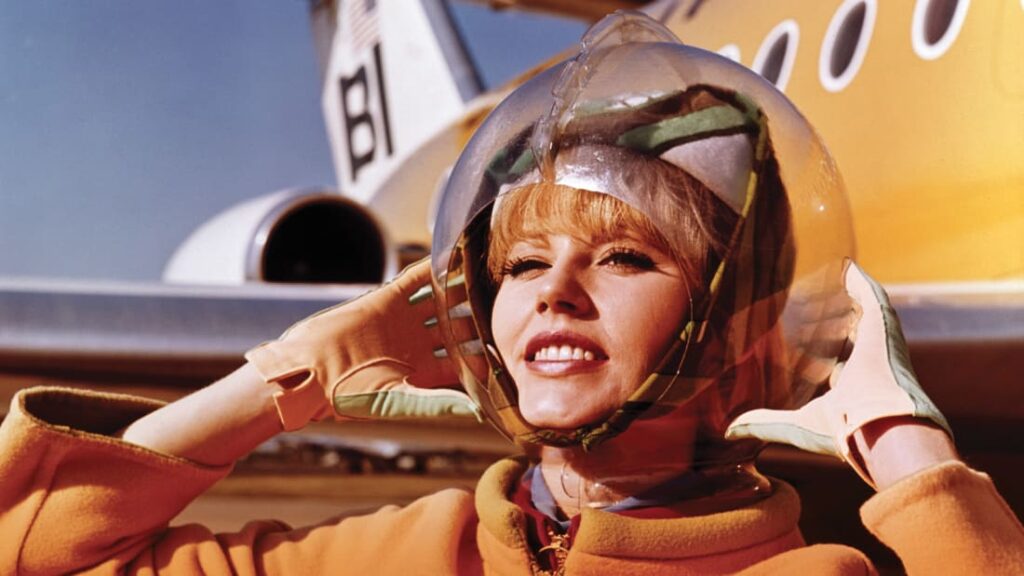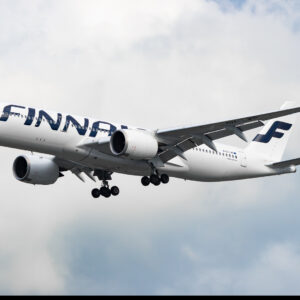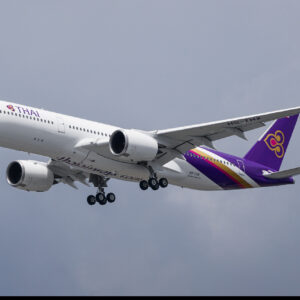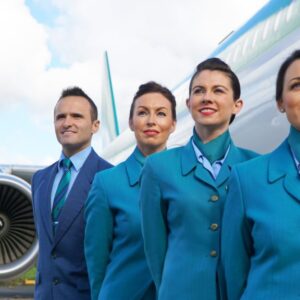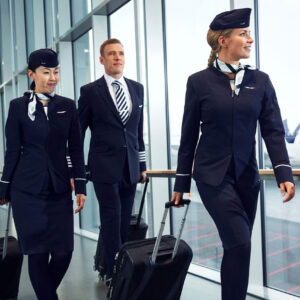The aviation industry has seen numerous transformations since its inception, with one of the most significant being the evolution of the cabin crew role. We will explore how societal changes and industry advancements have shaped this profession over the years.
So, who was the first cabin crew member? Let’s embark on this historical journey to find out.
Table of Contents
The Dawn of Cabin Crew
The idea of having a cabin crew, often referred to as flight attendants, originated during the initial stages of aviation history. Answering the question of “who was the first cabin crew member?” – it was reportedly Heinrich Kubis in 1912, who worked on German airships. A professional waiter, Kubis had worked in luxury hotels around the world before moving on to work on the infamous Hindenburg airship. He was responsible for overseeing the servers and chefs, and he was working when the disaster occurred, helping passengers to safety.
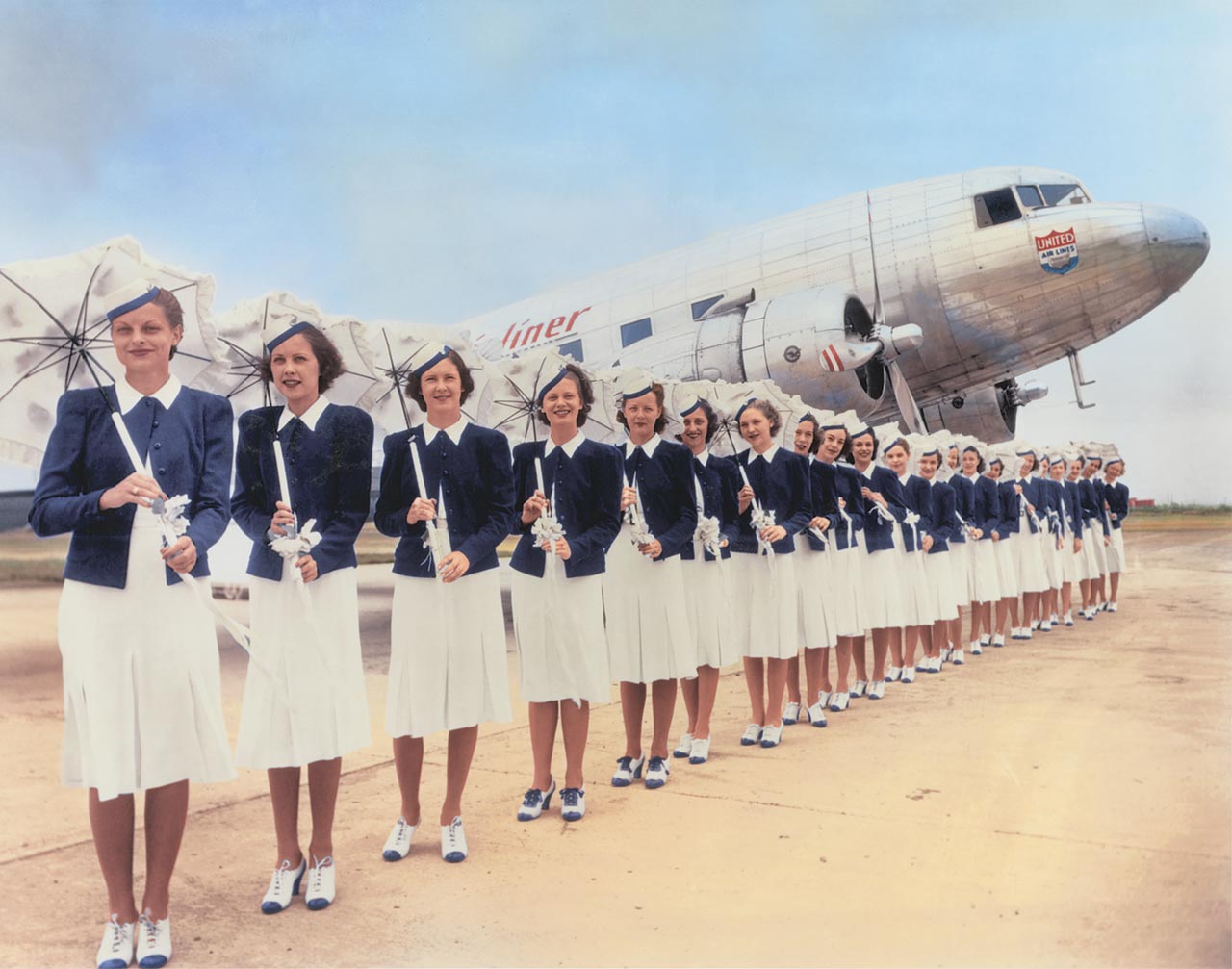
Also read: 15 Surefire Questions To Annoy Your Flight Attendant
The Evolution of the Role
In the 1920s, the role of flight attendants became more diverse. Imperial Airways in the UK started to recruit cabin boys who could load luggage and reassure the passengers. Meanwhile, in 1929, Pan Am in the USA was the first carrier to have onboard ‘stewards’ who served food.
The 1930s saw a significant shift in the profession with the introduction of female flight attendants. Boeing Air Transport and registered nurse Ellen Church devised a scheme where nurses were hired for 3 months at a time to travel onboard and look after the passengers, quelling their fear of flying. Church became the world’s first female flight attendant.

The Changing Times
The role of flight attendants underwent significant changes during the Second World War. Many of the nurses were enlisted into the armed forces as part of the ongoing war efforts. As a result, the requirement for flight attendants to have nursing backgrounds was changed.
The ’50s and ’60s saw the profession being regarded as an elite one, but with very strict conditions. Only young unmarried females were accepted, and appearance was very important. The uniforms were form-fitting, and featured accessories including hats, high-heeled shoes, and white gloves, contributing to a certain glamorous reputation.
Also read: Cabin Crew Job Description: Discover Duties, Skills And Requirements
The Modern Cabin Crew
The modern name for the profession of “cabin crew”‘ reflects that the first priority is safety. The role has evolved significantly, with flight attendants now specially trained in safety and security. They guide and assist passengers for safety and comfort, conduct safety checks before flights, and adhere to all aviation rules and regulations.
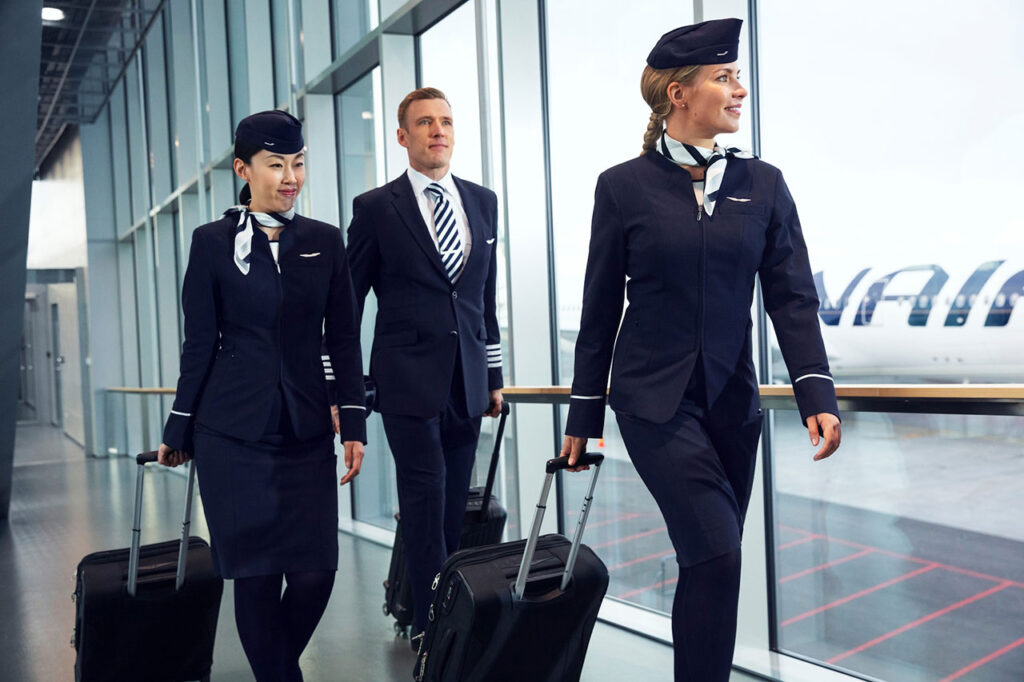
The profession continues to evolve, with recent years seeing some airlines allow visible tattoos and make-up for male and female employees. However, the role remains a challenging one, with disruptive passenger incidents on the rise and the coronavirus pandemic creating more challenges in recent years.
Stay updated on the latest hiring!
Explore current Cabin Crew job openings. Don’t miss out on this opportunity – see the latest jobs!
Conclusion
The history of cabin crew is a testament to the evolution of the aviation industry. From the first flight attendant, Heinrich Kubis, to the modern-day cabin crew, the profession has come a long way. It has adapted and grown with the times, reflecting the changes in society and the aviation industry.
FAQs – Who Was the First Cabin Crew
Who is considered the first cabin crew member in aviation history?
Heinrich Kubis is often regarded as the first cabin crew member. In 1912, Kubis, a professional waiter, worked on German airships, including the infamous Hindenburg. He played a crucial role during the disaster, assisting passengers to safety.
When did the role of flight attendants begin to evolve?
The role of flight attendants started to evolve in the 1920s. Imperial Airways in the UK recruited cabin boys for tasks like loading luggage and reassuring passengers. In 1929, Pan Am in the USA introduced onboard ‘stewards’ who served food.
Who was the world’s first female flight attendant, and when did she start working?
Ellen Church, a registered nurse, became the world’s first female flight attendant in the 1930s. She worked with Boeing Air Transport, implementing a scheme where nurses were hired to travel onboard for three months at a time, providing care to passengers.
How did the role of flight attendants change during the Second World War?
During the Second World War, many nurses who served as flight attendants were enlisted into the armed forces. Consequently, the requirement for flight attendants to have nursing backgrounds was revised.
What were the conditions like for flight attendants in the ’50s and ’60s?
In the ’50s and ’60s, the profession was considered elite but had strict conditions. Only young unmarried females were accepted, and appearance played a crucial role. The uniforms were form-fitting, featuring accessories like hats, high-heeled shoes, and white gloves.
How has the role of modern cabin crew evolved?
Modern cabin crew prioritize safety as their first responsibility. They undergo specialized training in safety and security, conduct pre-flight safety checks, and adhere to aviation rules. The focus is on guiding and assisting passengers for safety and comfort.
What challenges does the cabin crew face in recent times?
In recent years, cabin crew roles have faced challenges such as disruptive passenger incidents and the impact of the coronavirus pandemic. Some airlines have adapted policies, allowing visible tattoos and makeup for both male and female employees.
What is the significance of the history of cabin crew in the aviation industry?
The history of cabin crew reflects the evolution of the aviation industry. From Heinrich Kubis, the first flight attendant, to the modern-day cabin crew, the profession has adapted to societal and industry changes, showcasing resilience and growth.


